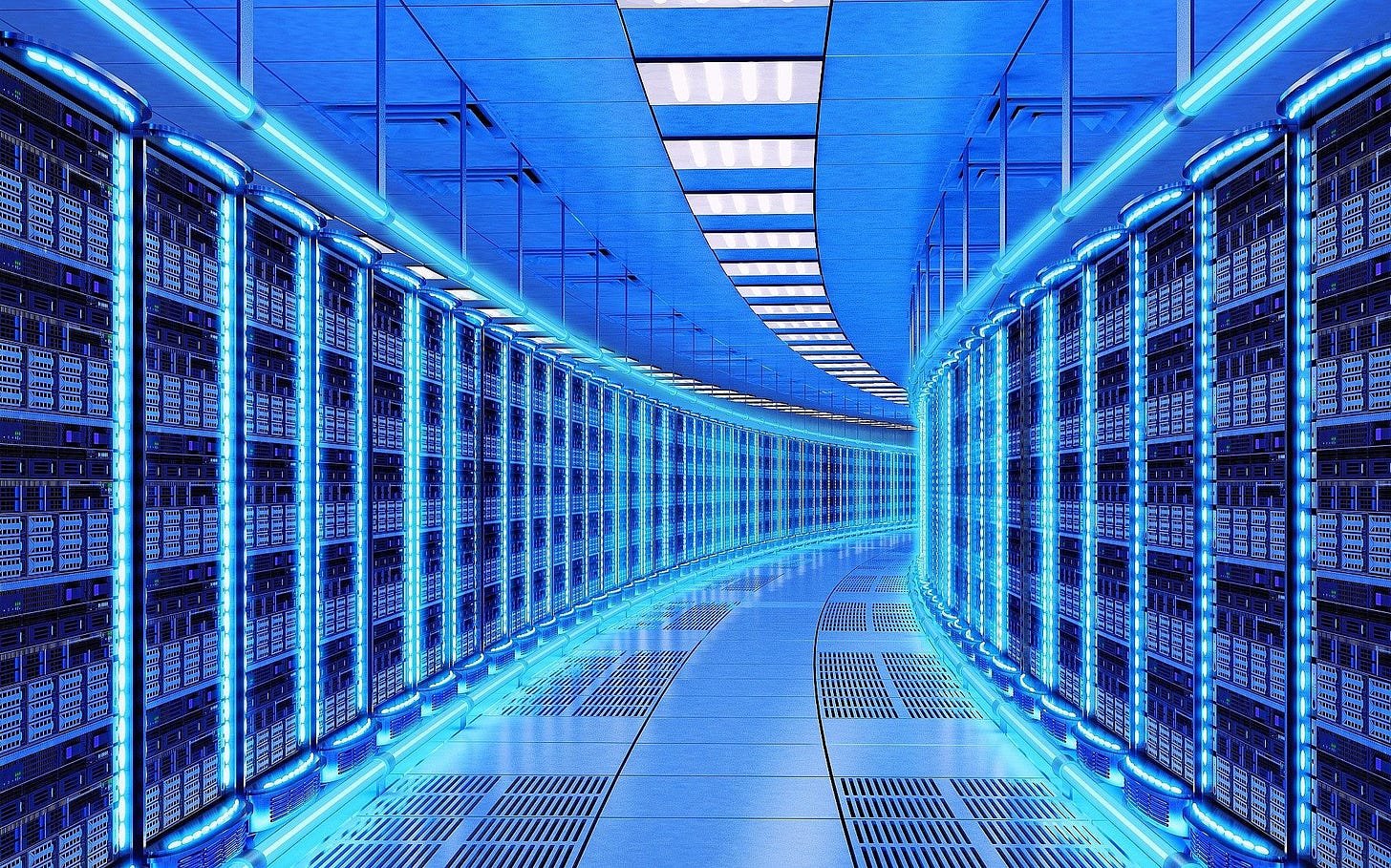WEB 3.0 AFRICA
SCALING INTERNET ACCESS ON THE CONTINENT THROUGH DECENTRALIZATION
The internet’s current design involves the use of devices to access centralised servers by way of internet protocol addresses that direct those devices to the webpages or mobile applications of the services being accessed. This is commonly referred to as “Web 2.0”. In the world of web 2.0 giant corporations manage farms of data centers and back up data centres through which the billions of internet users access their services.
The significant amount of capital required to provide these services (particularly the underlying network infrastructure on which it is all built) has been worth the investment in the advanced markets as the revenues generated over the last two decades have been significant enough to bring attractive returns. This model has proven difficult to replicate in Africa due to the existing physical infrastructure deficits and difficult macro-economic conditions that have made demand…


